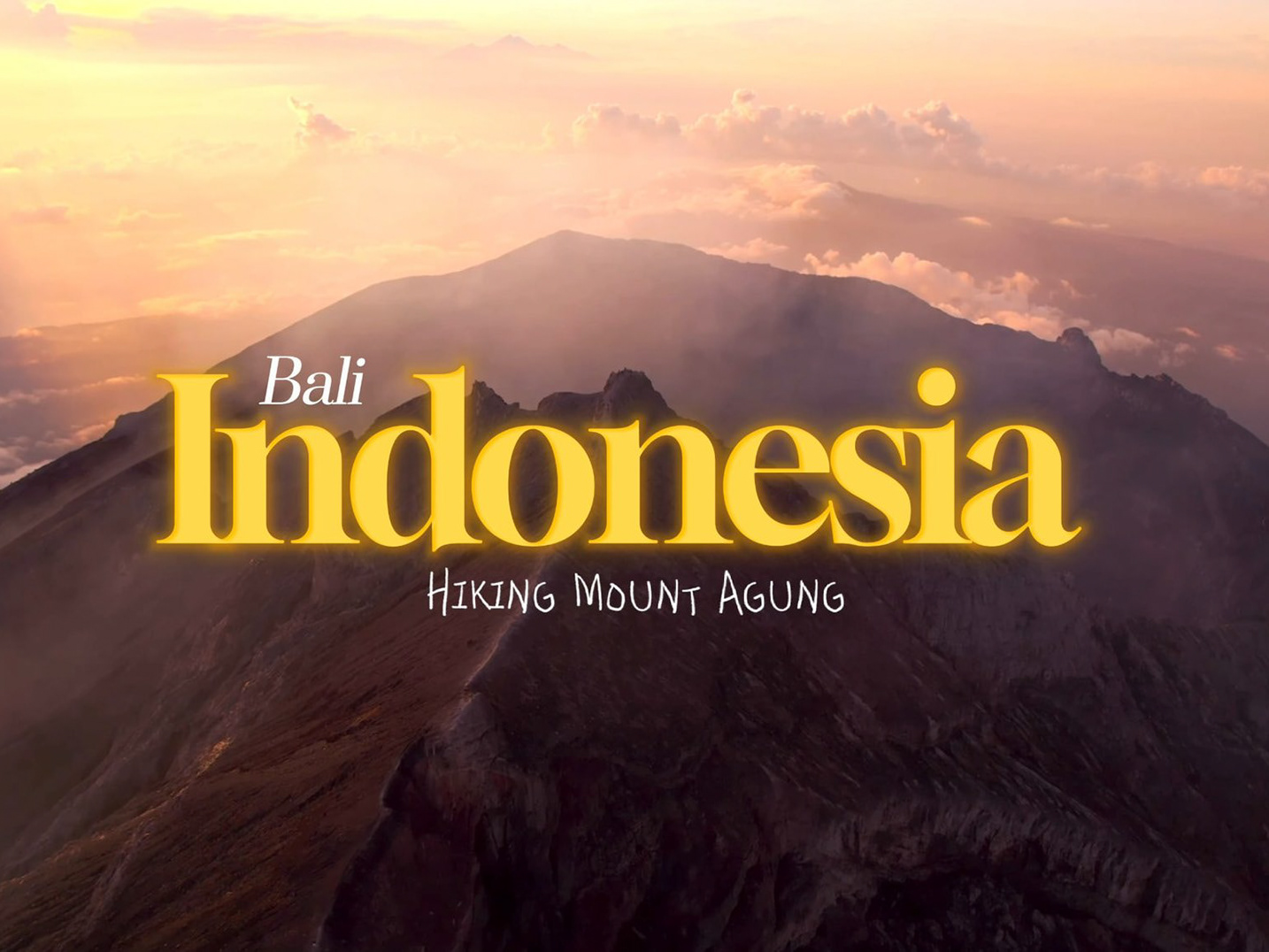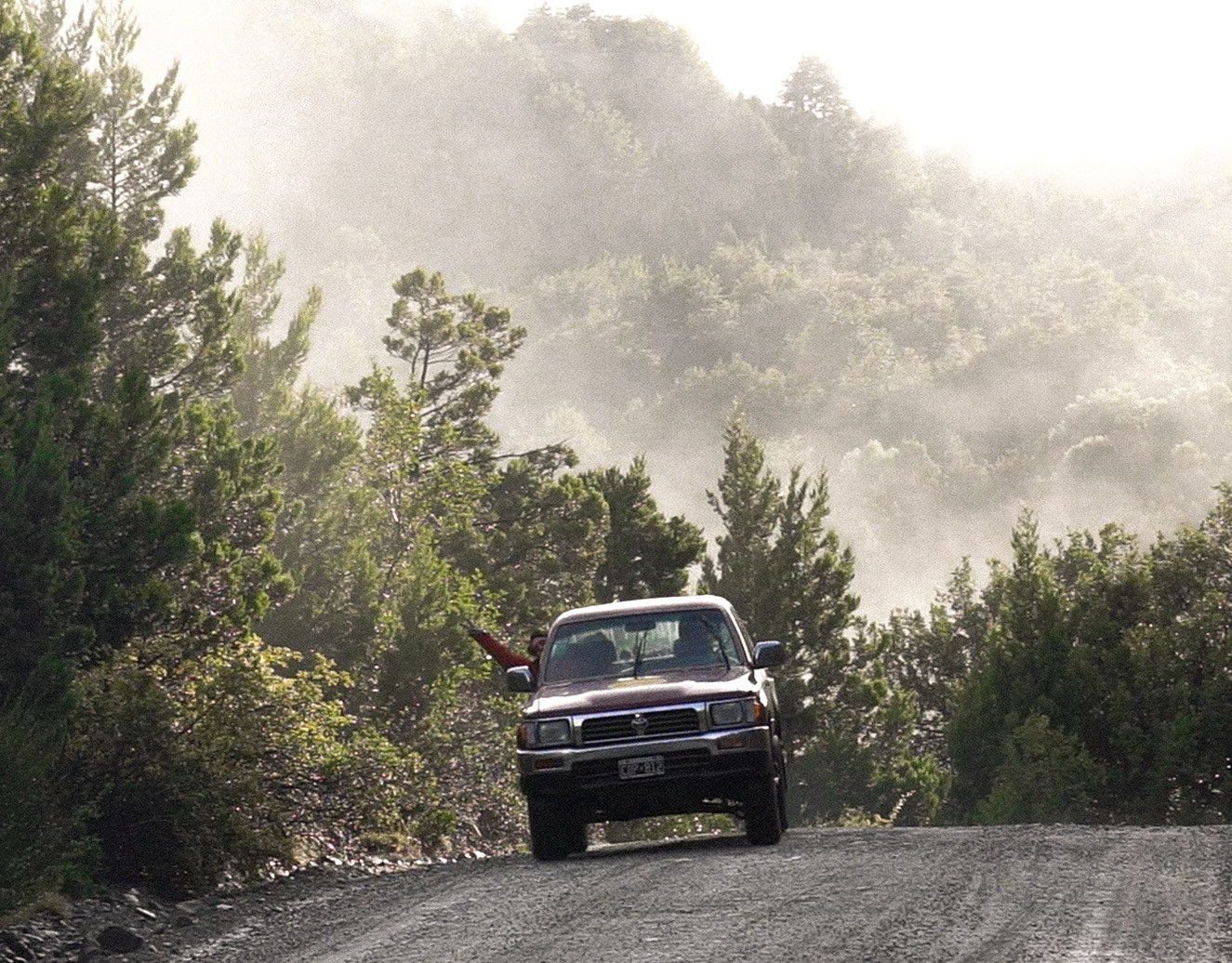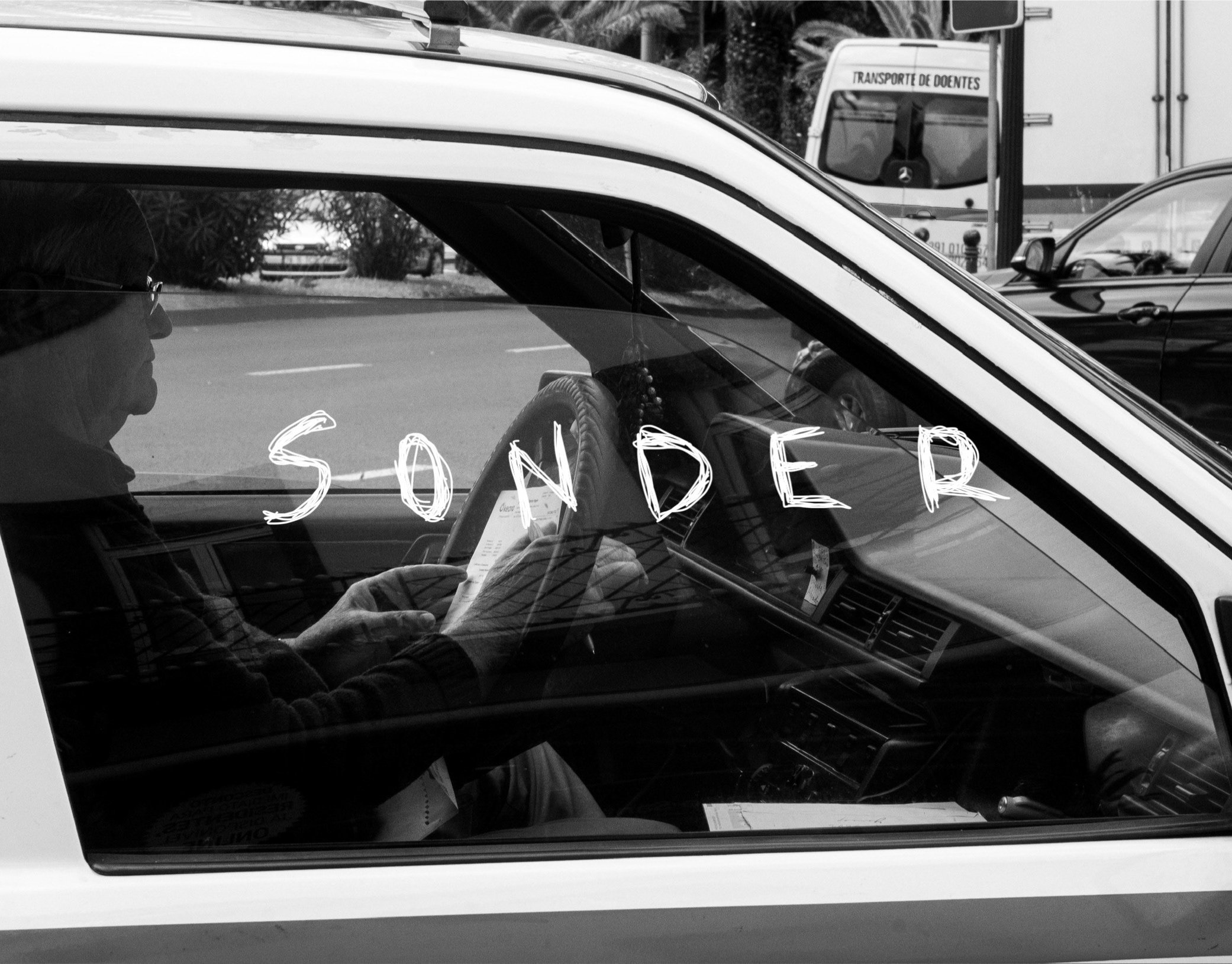In January 2025, I set out on one of the most intense and transformative journeys of my life, trekking through the Himalayas to reach Everest Base Camp.
For 20 days, I walked through remote villages, ancient trails, and towering landscapes that felt both surreal and grounding. It wasn’t just about the altitude or the cold, it was about confronting myself with every step. With a backpack, a camera, and an open heart, I captured moments of silence, struggle, and awe.
This journey wasn’t planned for content. It was a deep dive into stillness, into the raw beauty of the mountains, and into that quiet place where you remember who you are.
This is not just a travel story it’s a memory of the thin air, the kindness of strangers, and the vastness of it all.
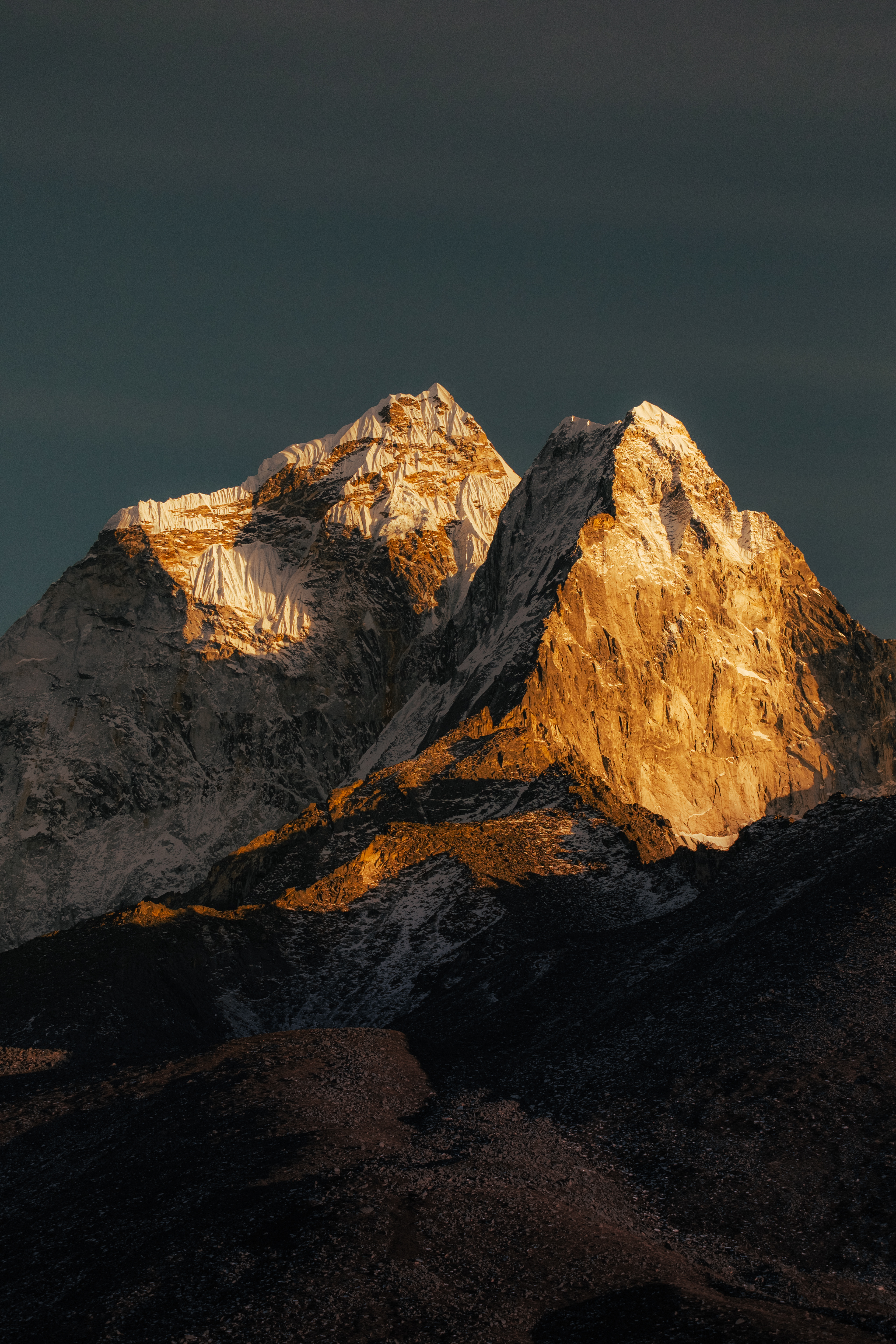
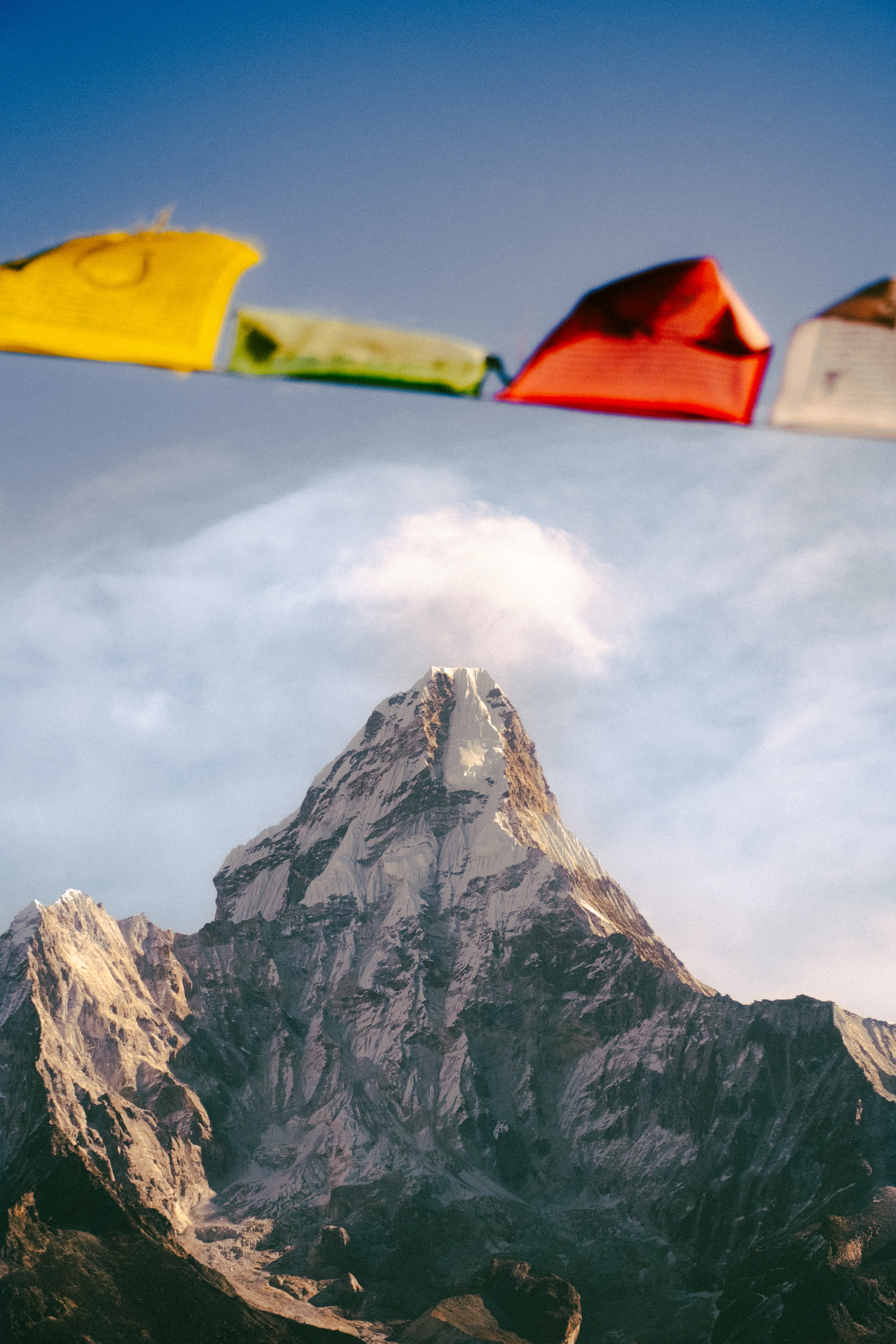

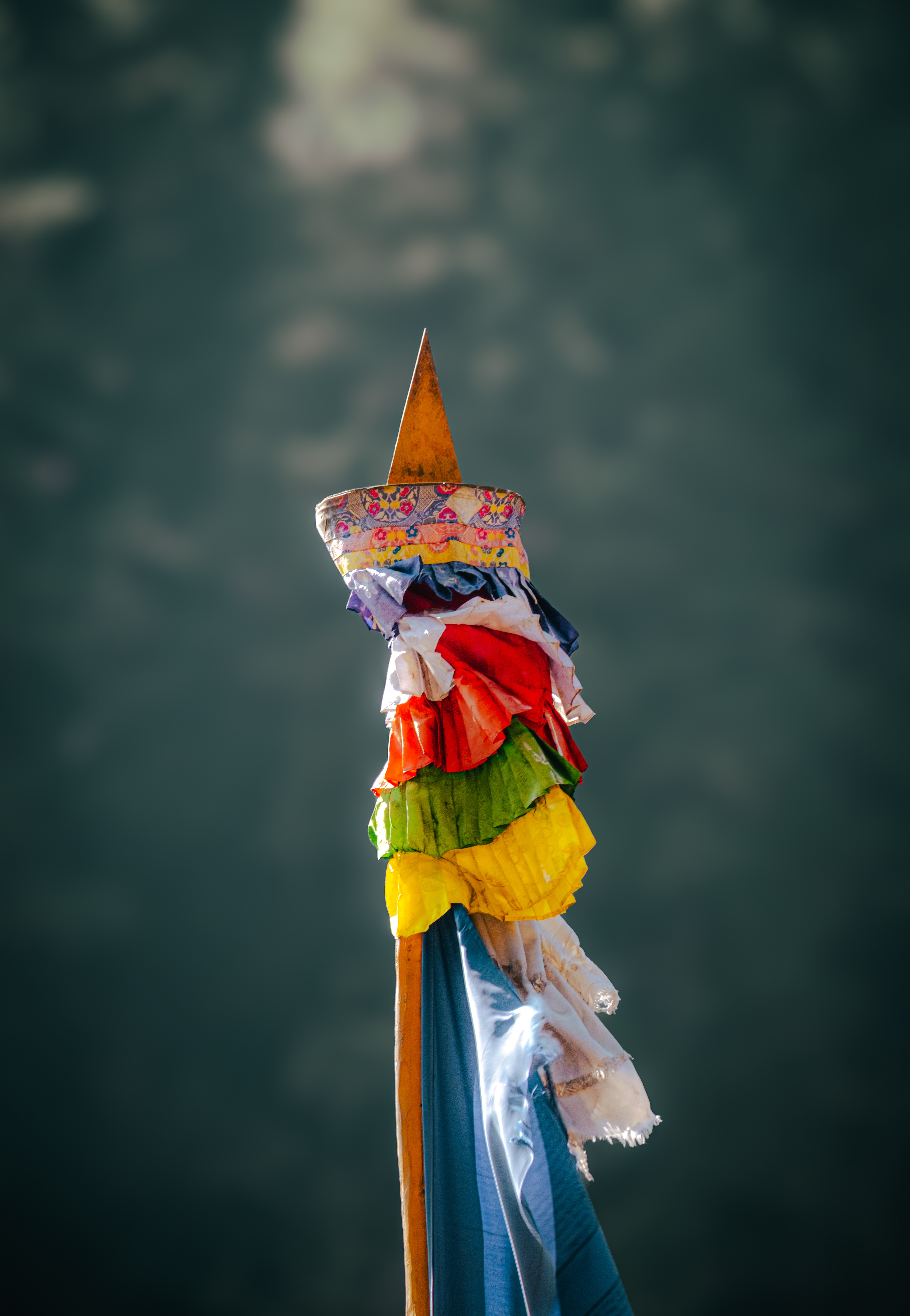
I was 10 years old when I first heard about the Himalayas and Everest the highest mountain in the world. Since then, something about that place stuck with me. I was fascinated by the idea of being there, of testing myself, of understanding why so many people risk everything for that mountain.
Phase 1 - The Approach
In 2024 I came across the
Three Passes Trek
a 180-kilometer route that goes beyond the typical Everest Base Camp trail. It crosses three high mountain passes above 5,000 meters: Kongma La (5,535 m), Cho La (5,420 m), and Renjo La (5,360 m)**. A raw and demanding circuit through glaciers, frozen lakes, and some of the most remote terrain in the Himalayas.
This was the journey I had been waiting for..
Three Passes Trek:
Renjo La Pass — 5.360 m
Cho La Pass — 5.420 m
Kongma La Pass — 5.535 m
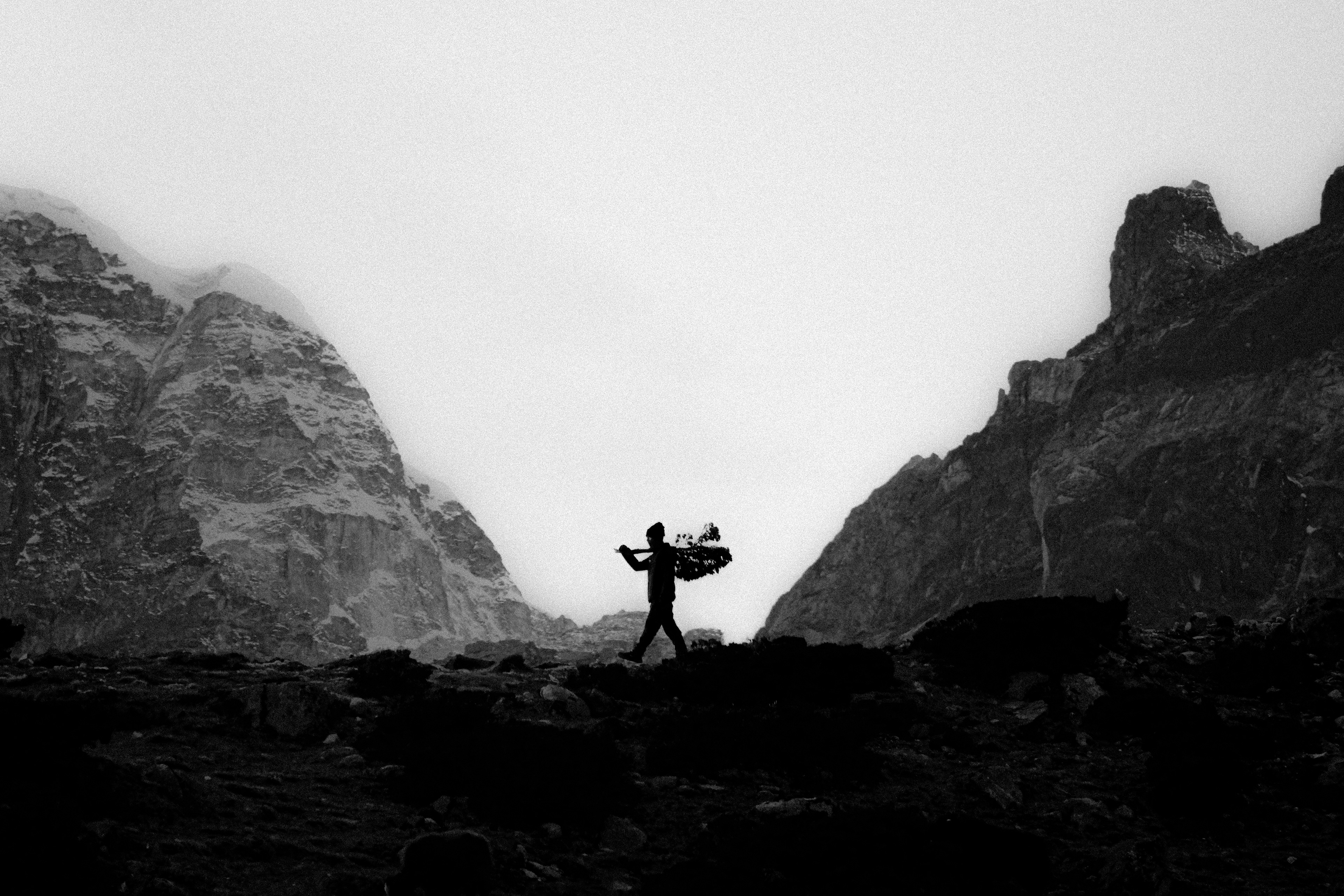
Sherpa guiding a group of wild yaks through the Himalayas
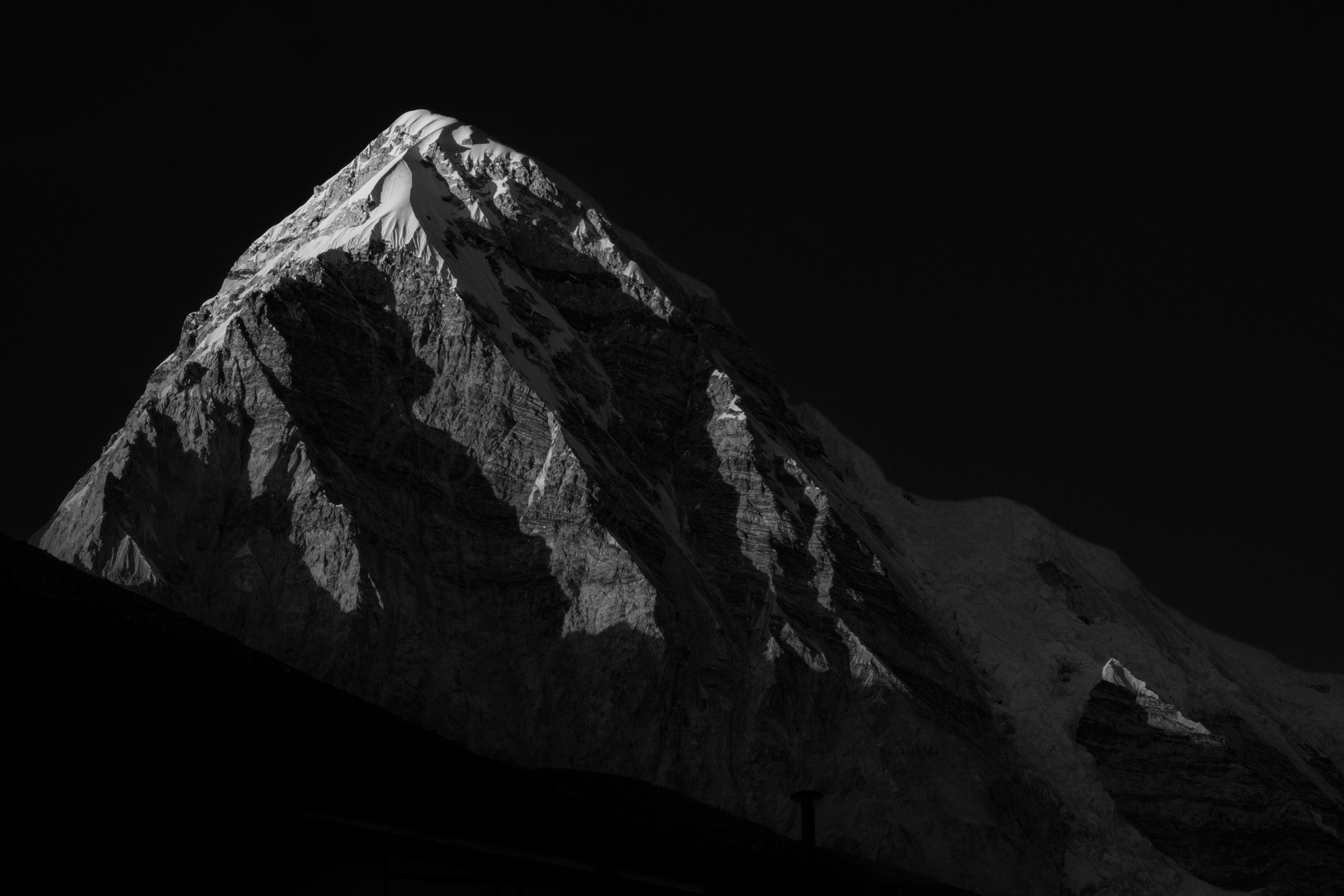


Preparation & Backpack
Every gram counts when you’re climbing for long periods of time.
After hours, days, and weeks on the trail, you realize you only need what you need,
every extra gram is a silent regret on your back.
Here’s what I carried:
Clothing: Lightweight jacket, down jacket, 2x mid layer.
Gloves: Small daily gloves and big cold-weather gloves.
Pants: Trekking pants, long thermal underwear pants.
Socks: 2xLong socks, plus an extra pair for sleeping.
Sleeping Gear: Warm sleeping bag (up to -30c)
Rain Protection: Rain jacket + Backpack cover
Health: Essential medicine, water purifier tablets , vitamins
Folding Water bottle and thermal bottle.
Good Trekking boots and Sandals for Tea Houses
Sunglasses, neck Puff , Hat and beanie.
Camera Gear: Fujixh2s + 2 lenses , Tripod
Batteries - Powerbank - Drone.
Snacks: Nuts and chocolates,
You will need some sugar when the altitude hits you..
How I got there
From Kathmandu, I boarded a small, rattling plane bound for Lukla, called the world’s most dangerous airport.
The flight itself felt surreal all its own: thin air, clouds pressed tight against the peaks. From the window, the entire Himalayas seemed to unfold, ridges and valleys like a crumpled map. And then, poking through the clouds, Everest itself appeared. an iconic silhouette reminding me why I’d come all this way.
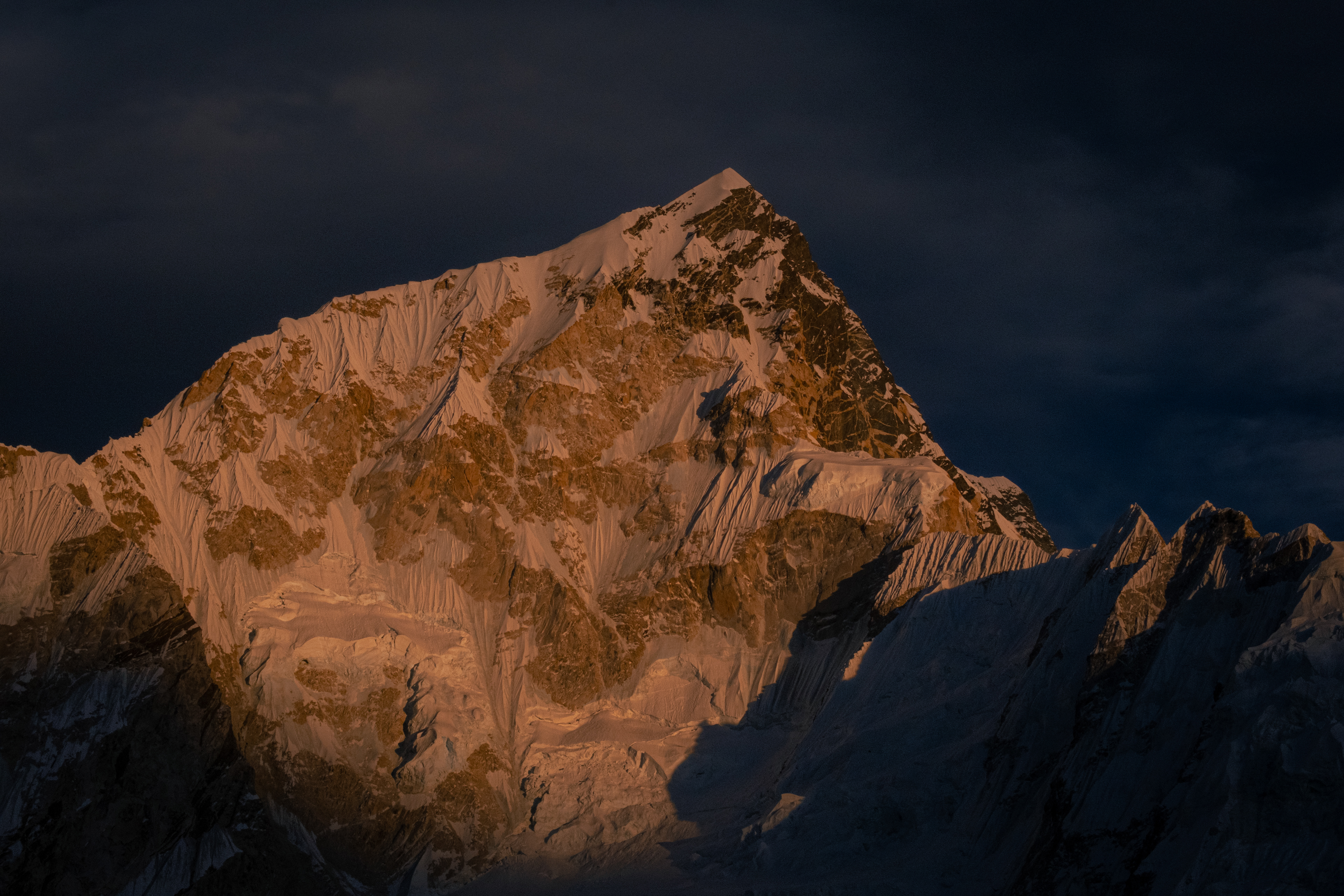
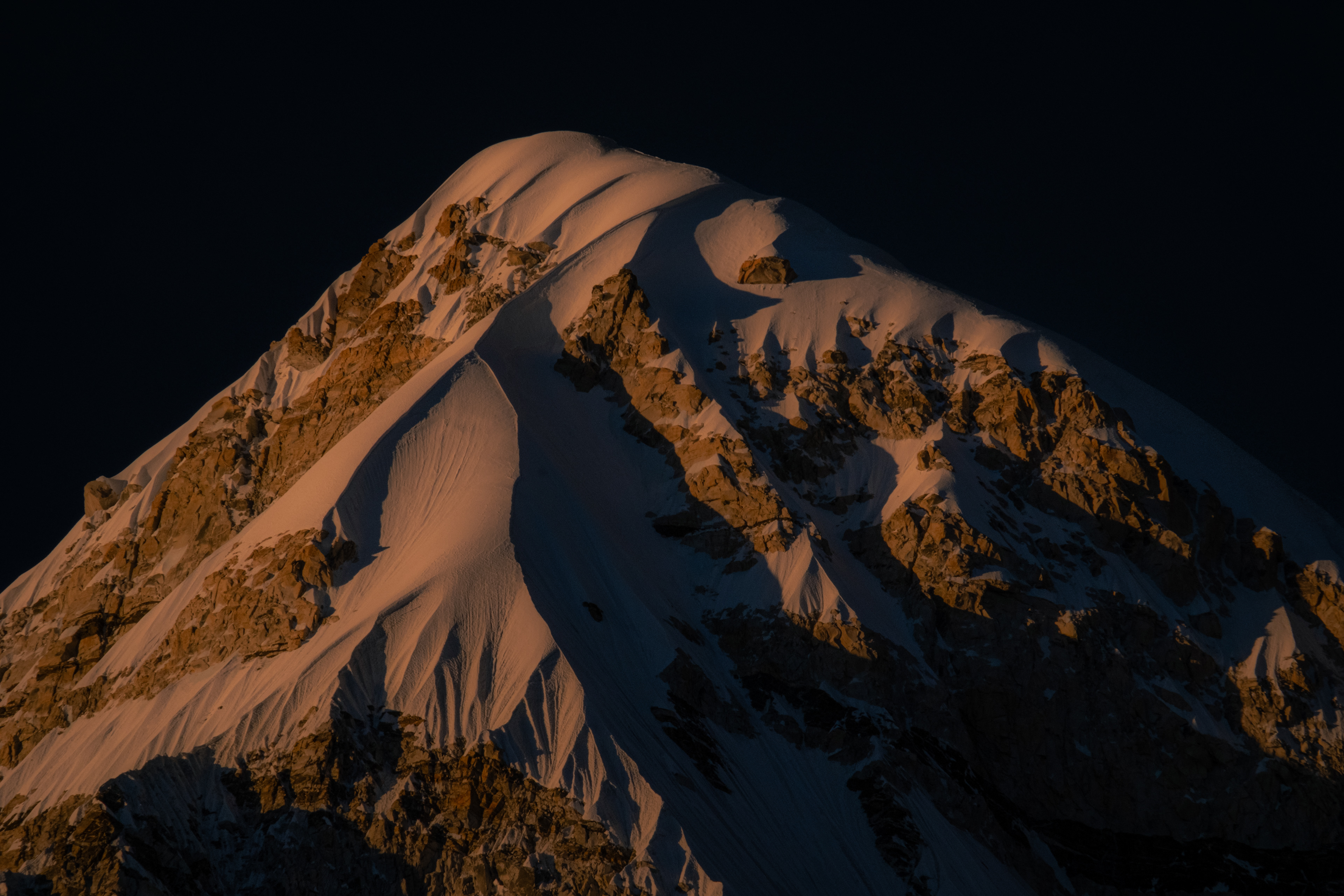
STARTING POINT
Once I landed in Lukla, I was set on the idea of starting the trek solo. While I was sorting out the permits, reality hit me fast:
it was the dead of winter, and the authorities wouldn’t let me start the trail alone. There were barely any trekkers around, and the snow had made the paths unpredictable.
So I had no choice but to hire an experienced Sherpa to guide me.
That’s how I met Gombu Sherpa; a humble guy, born and raised in the Himalayas, from a family of Sherpas who’d been guiding trekkers for generations. He started as a porter when he was just 13, carrying loads up and down these same mountains. For the last five years, he’s been guiding trekkers all over the Himalayas, and you can tell he really knows the mountain like his backyard.
From that moment on we start hiking through valleys and tiny villages, past yaks and teahouses, through landscapes that felt pulled straight out of a movie—rivers, snow-capped peaks, thick forests. Everywhere I looked, sherpas were carrying supplies between villages, navigating the trails with a kind of quiet strength.
Each day, we’d cover around 15 to 20 kilometers, stopping at teahouses to eat and rest, swapping stories with the locals, learning about their culture and the history of the region. The sherpas have this incredible resilience and humility, balancing heavy loads on their backs while offering a warm smile to every trekker who passes by.
After five days on the trail, the higher we climbed, the more the landscape changed: less vegetation, fewer teahouses and colder.
Phase 2 - The Altitude
This is where the trek starts to feel real.
Once you climb above 4000 meters, it doesn’t matter how fit or healthy you are.
if you’re not used to altitude, it hits hard. Up there, there’s only about 60% of the oxygen you get at sea level, and you feel it with every step. Even the strongest legs can’t outrun the effects: headaches, dizziness, shortness of breath, nausea, and that nagging sense that your body is working against you.
That’s why you need Acclimatization days, you let your body catch up, adjust, and get used to the thin air before you push higher.
The Nights get colder, sleep comes in broken patches, and you notice small things, like how fast your heart races even when you’re just sitting still.
Altitude is the great equalizer out here. You never really know how your body will react until you’re in it.
Each step feels heavier than the last. You leave the dense forests behind for barren, rocky trails, where every breath feels like you’re sipping air through a straw. It’s a different world up here—no longer the green, rolling hills but a landscape stripped bare.
I remember watched my breath turn to mist in the mornings, and my legs grew heavy with each climb. The higher I went, the more I felt the power of mountains.
BRAKING POINT
Day 6:
I woke up feeling terrible, no energy, a terrible headache, and every symptom I’d ever heard about altitude sickness, all at once. I tried to hide it from Gombu as much as I could, because I knew he’d never let me continue in that condition.
In my mind, there was no way I was quitting. I hadn’t come all this way to give up now.
So we started the day, but Gombu noticed right away that I was moving slow and hadn’t said a word the whole morning. After about an hour on the trail, I start to get dizzy and I collapsed on the side of the path.
We turned back to the teahouse, and I saw Gombu packing his gear, getting ready to head back to Lukla.We argued. He didn’t want to be responsible for me if something happened, it’s part of his job to take care of the situation, and he couldn’t risk it.
But I was dead set on staying. I wasn’t going back, no matter what.
So we said goodbye.. I stayed behind, trying to recover for another day so I could keep going. Gombu left, heading back down the mountain.

Wild yak
Alone on the Trail
At this time I really felt the weight of being alone up there.
Every step felt like it took everything out of me. My head was spinning, and my stomach was a mess, nausea, dizziness, and even some weird hallucinations. Maybe it was from all the pills I was taking just to keep going. Sometimes, I didn’t even know which direction I was heading.
I remember one time I thought I saw Gombu Sherpa. So I started following him for around 2hs and realizing it was wild yak grazing on the side of the trail.
It was scary, but I couldn’t bring myself to turn back. Every time I thought about quitting, I’d look around and see these insane views — snow-capped peaks, the quiet valleys, prayer flags flapping in the wind. It reminded me why I’d come all this way.
I just kept telling myself: one step at a time, and eventually I’ll get there.
Everest Base Camp and Beyond
Early rise. After seven hours of hiking, I arrived at Gorakshep, where I had lunch and left some of my gear so I could push forward a few more hours to Base Camp.
I finally reached Everest Base Camp, and it felt unreal standing there. I remember seeing photos of Base Camp packed with climbers’ tents — usually around a hundred or more, all getting ready to summit.
But because it was winter, there was no one there. Just me, and the echo of silence.
I remember sitting on that big rock, just staring at that snowy peak towering above me. The Fk*n EVEREST It felt like the mountain was waiting, watching me.
It was a mix of pride and loneliness. I’d made it this far, but I knew the hardest part wasn’t over.
I still had Cho La Pass and Renjo La Pass ahead — the real tests of this trek.
I tried to soak in the moment, took some photos, and told myself to keep my head clear and take it slow for the next days. The mountain wasn’t done with me yet.



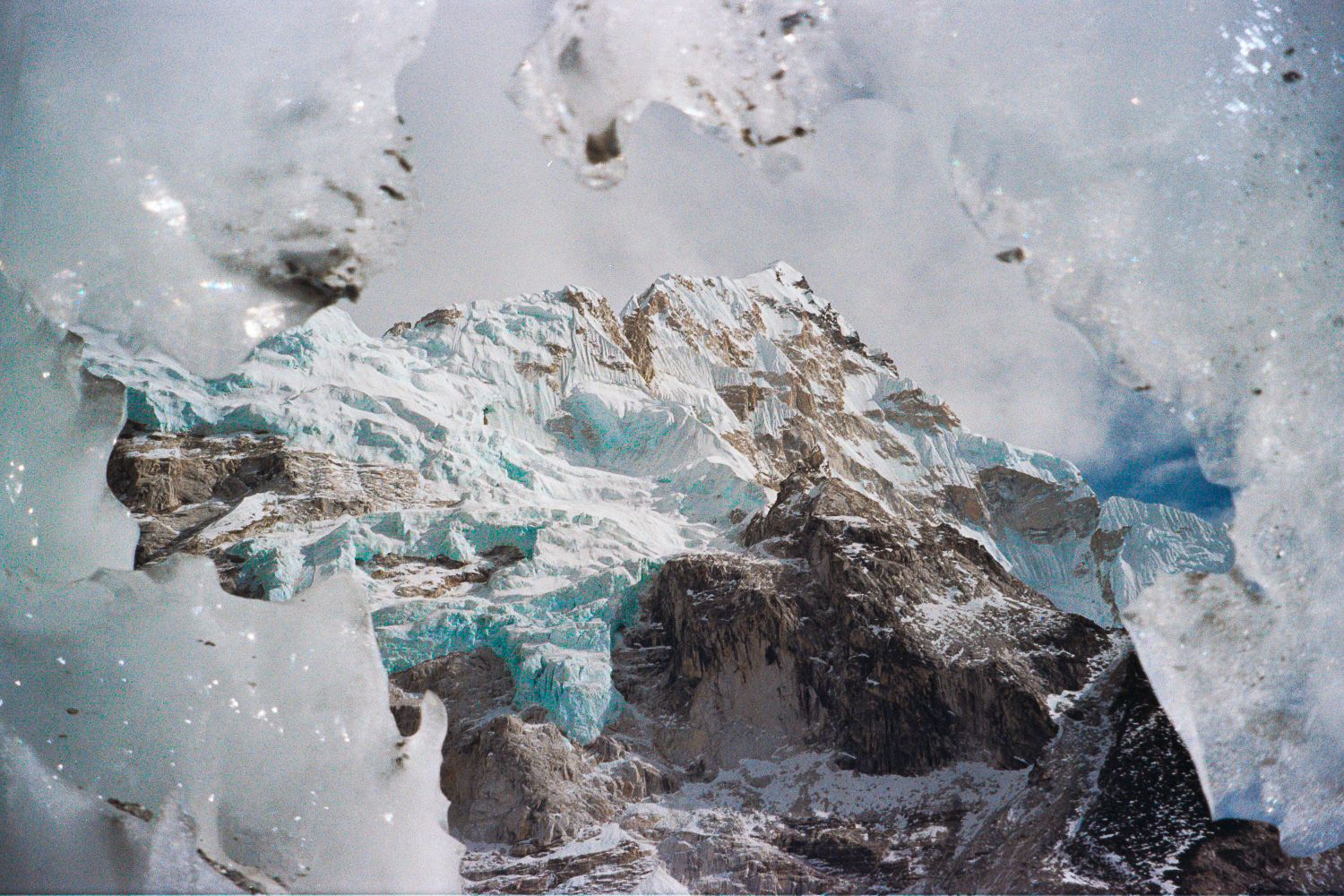
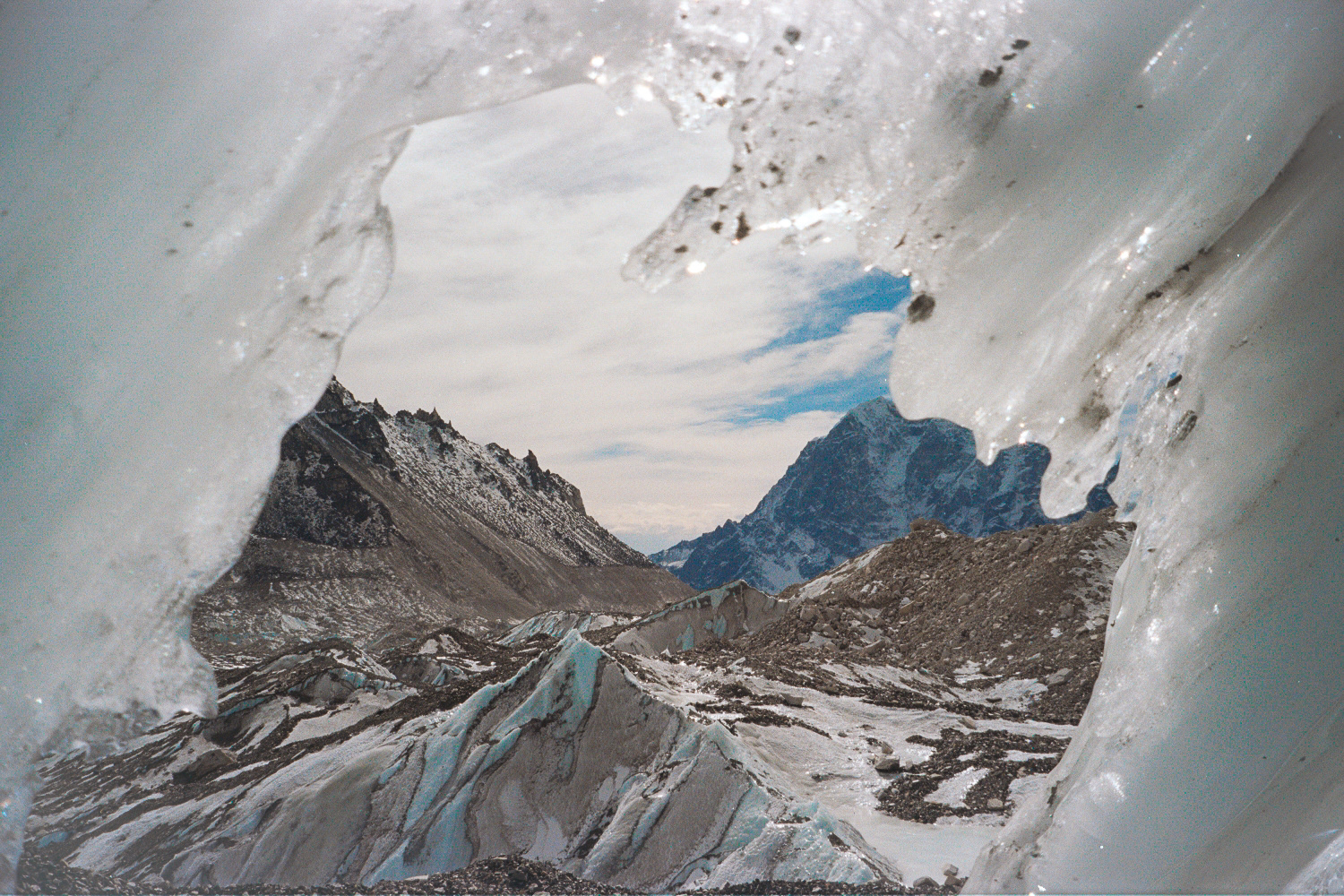

PHASE 3 - The final Passage


